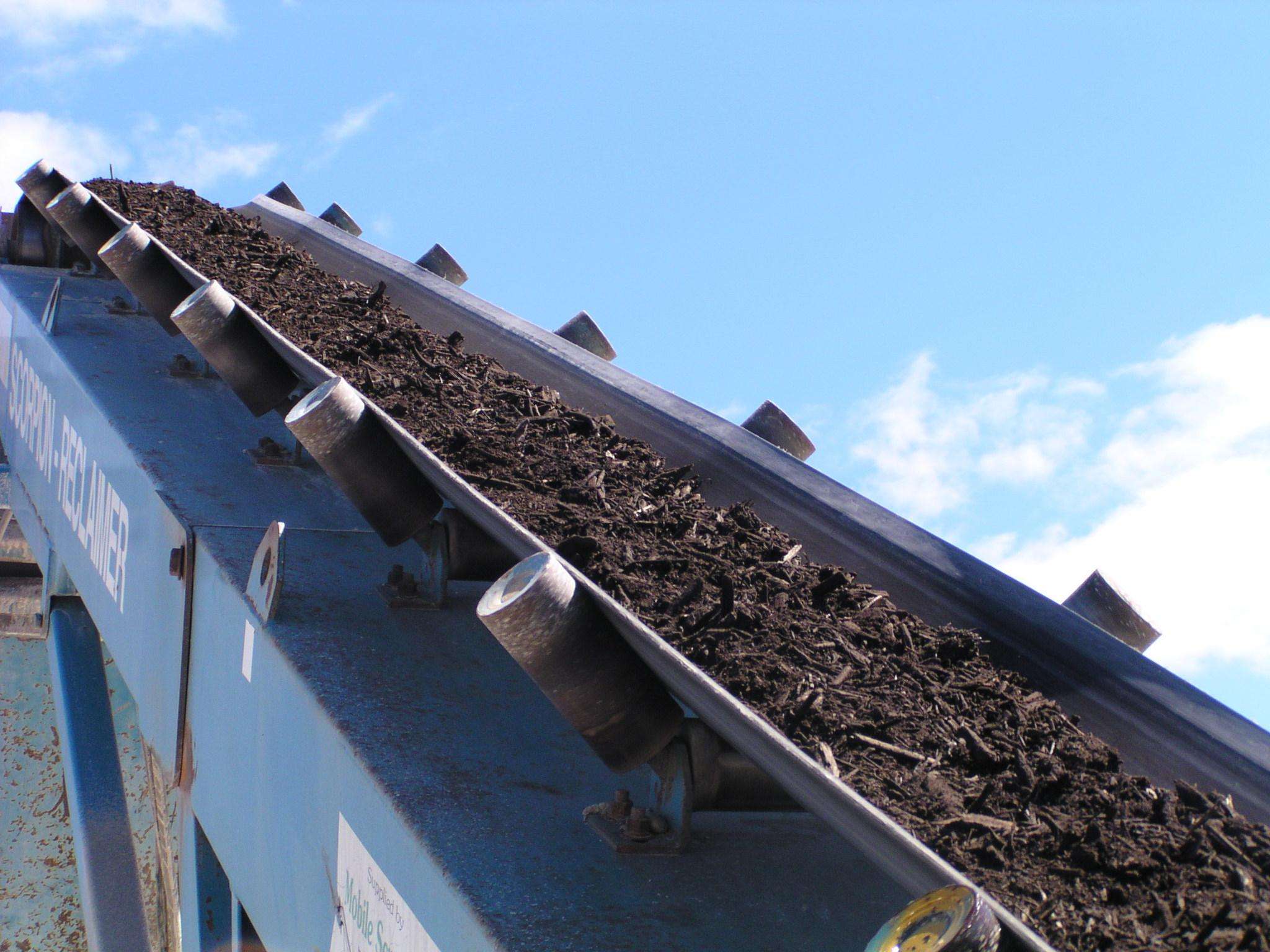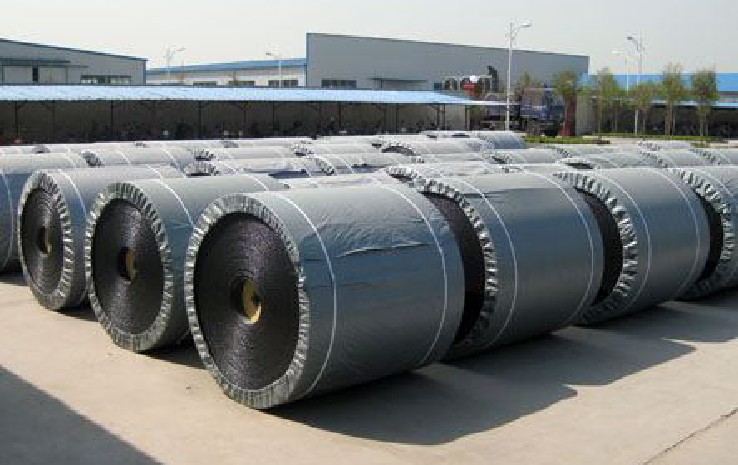This article explores the detailed structure of conveyor belt plys, their various types, and how they are applied in different industries. Understanding the ply structure of a conveyor belt is crucial for determining the right material and design to meet specific operational needs. We will go in-depth on the different materials, constructions, and applications of conveyor belt plys in this article.
Table of Contents
- 1. Introduction to Conveyor Belt Ply Structure
- 2. Types of Conveyor Belt Ply
- 3. Materials Used in Conveyor Belt Ply
- 4. Construction of Conveyor Belt Ply
- 5. Applications of Conveyor Belt Ply
- 6. Factors Affecting Ply Selection
- 7. Maintenance and Durability of Conveyor Belts
- 8. Conclusion and Future Trends
1. Introduction to Conveyor Belt Ply Structure
Conveyor belts are essential components in many industries for moving materials, and the ply structure plays a vital role in determining the belt's ability to handle different loads, speeds, and environmental conditions. Ply structure refers to the layers of material used in the construction of a conveyor belt. These layers are designed to provide strength, flexibility, and durability to the belt, enabling it to perform effectively over time.
The number of plies in a belt indicates its strength and durability. A higher ply count typically corresponds to stronger, more durable belts capable of handling heavier loads and harsh conditions. However, the design of the ply also affects the belt's flexibility, which is essential for specific applications where bending or curving is required.
2. Types of Conveyor Belt Ply
The ply structure of a conveyor belt is determined by the materials used and the number of layers integrated into the belt. The type of ply selected depends on factors such as the weight of the load, the nature of the materials being conveyed, and the operational environment.
2.1 Single Ply Belts
Single-ply belts are the simplest form of conveyor belts, typically consisting of a single layer of fabric or rubber material. These belts are lightweight and cost-effective, making them ideal for light-duty applications. They are commonly used in environments where materials are small, light, and not abrasive.
Single-ply belts are commonly used in food processing, packaging lines, and lightweight material handling. They offer good flexibility and low resistance, which is ideal for handling small packages or moving items between conveyors. However, these belts lack the strength required for heavy-duty applications and are generally limited to low-load tasks.
2.2 Multi-Ply Belts
Multi-ply belts are constructed from multiple layers of fabric, synthetic rubber, or other durable materials. These layers are stacked on top of one another to increase the belt’s overall strength and load-bearing capacity. Multi-ply belts are typically used in medium to heavy-duty applications where higher durability and resistance to wear are needed.
The ply layers are generally woven or knitted to provide a combination of flexibility and strength. The rubber or other reinforcing materials between the plies enhance the belt’s ability to withstand impacts, abrasions, and chemicals, making multi-ply belts highly versatile in industries like mining, construction, and heavy manufacturing.
2.3 Steel Cord Belts
Steel cord belts are constructed using steel cables that are embedded in the belt’s layers. These steel cords provide exceptional strength and durability, making them suitable for the most demanding industrial environments. Steel cord belts are used for long-distance conveyance of bulk materials and are commonly found in mining, power plants, and other heavy-duty industries.
The presence of steel cords allows these belts to carry extremely heavy loads and operate at higher speeds. They also offer resistance to stretching and are ideal for use in high-temperature or high-load applications. However, the rigidity of steel cord belts means they are less flexible than fabric-based belts, limiting their use to straight, long-distance applications.
3. Materials Used in Conveyor Belt Ply
The choice of materials for the ply structure is crucial for determining the performance, durability, and cost-effectiveness of a conveyor belt. The materials selected must be able to withstand the specific demands of the application, such as load weight, temperature, and exposure to chemicals. Below are the most common materials used in conveyor belt ply construction:
- Fabric: Fabrics such as polyester, nylon, and cotton are commonly used in conveyor belt construction. These materials provide strength and flexibility and are particularly useful for light- to medium-duty belts.
- Rubber: Rubber is used as a covering material and for reinforcing the layers. It is highly flexible and resistant to wear, making it an ideal material for high-abrasion environments.
- Polyester and Nylon: These synthetic fibers offer high strength and resistance to environmental factors like moisture, heat, and chemicals. They are often used in multi-ply belts for enhanced durability.
- Steel: Steel cords or wires are often used for the highest strength requirements, providing durability in the most demanding environments. Steel-corded belts are ideal for long-distance and heavy-load applications.
- Polyurethane: This is used for highly specialized applications where resistance to chemicals, oils, and fats is required. Polyurethane belts are often used in food processing industries.
4. Construction of Conveyor Belt Ply
The construction of conveyor belt ply involves several key factors that ensure the belt performs as expected under different operational conditions. The layers of fabric or other materials are coated with rubber, and the overall belt structure is carefully designed for optimal strength, flexibility, and wear resistance.
In multi-ply belts, the layers are bonded together using a process that ensures the individual layers remain intact under tension and load. The rubber material used between the plies acts as both an adhesive and a protective coating, ensuring the layers do not separate over time. This process helps prevent issues such as delamination or cracking, which can significantly reduce the belt’s lifespan.
5. Applications of Conveyor Belt Ply
Conveyor belts are used in a variety of industries, and the ply structure needs to match the specific requirements of each application. Some common applications include:
- Mining: Conveyor belts used in mining operations are required to handle heavy, abrasive materials such as coal, ore, and gravel. Multi-ply and steel cord belts are most commonly used in these settings due to their durability and strength.
- Manufacturing: In factories, conveyor belts are used for assembly lines, transporting materials from one station to another. The type of ply used will depend on the specific materials being handled and the speed of the process.
- Food Processing: Conveyor belts in food processing must meet strict hygiene and safety standards. They need to be resistant to oil, chemicals, and contamination. Polyurethane and rubber belts are typically used in this sector due to their flexibility and resistance to wear.
- Agriculture: In agricultural settings, conveyor belts are used for transporting grains, vegetables, and other raw produce. The belts must be resistant to corrosion, abrasion, and temperature fluctuations, making multi-ply belts with rubber coatings ideal for this application.
- Logistics and Distribution: Conveyor belts are widely used in logistics centers and warehouses to move packages efficiently. In these settings, lightweight and flexible single-ply belts are often used to carry packages over short distances.
6. Factors Affecting Ply Selection
When selecting a conveyor belt ply structure, several factors must be taken into account to ensure the right belt is chosen for the application. Some of the most important factors include:
- Load Capacity: The ply structure must be chosen based on the weight and size of the materials being transported. Heavier and larger materials require belts with multiple plies or steel cords to handle the load without stretching or breaking.
- Environmental Conditions: Exposure to extreme temperatures, humidity, or chemicals will influence the type of ply material used. For example, belts exposed to high temperatures may require special heat-resistant rubber or steel cord constructions.
- Speed and Distance: The speed at which the conveyor belt operates and the distance over which the materials are moved also affect ply selection. High-speed or long-distance conveyors may require steel-corded belts for added durability.
- Wear Resistance: Belts operating in high-abrasion environments need plies that are highly resistant to wear, such as rubber or synthetic fibers that can handle rough, sharp, or abrasive materials.
7. Maintenance and Durability of Conveyor Belts
Proper maintenance of conveyor belts is essential to ensure long-term durability and minimize downtime. Some key aspects of conveyor belt maintenance include:
- Regular Inspection: Frequent checks for signs of wear, damage, or misalignment can prevent major issues before they affect the belt’s performance.
- Tensioning: Conveyor belts need to be properly tensioned to avoid slippage and excessive wear. Over-tightening or under-tightening the belt can cause operational problems.
- Cleaning: Keeping the belt clean from debris, dust, and contaminants will improve its performance and extend its life. Regular cleaning also ensures the belt’s surfaces remain friction-free, reducing the risk of premature wear.
- Lubrication: Proper lubrication of the rollers and pulleys can reduce friction and wear on the conveyor system.
8. Conclusion and Future Trends
Conveyor belts with the right ply structure are indispensable in a wide variety of industries, offering an efficient means of transporting materials and products. The ply structure determines the strength, flexibility, and durability of the conveyor, which is essential for its performance in demanding environments.
As industries continue to evolve, advancements in materials science and construction techniques are leading to the development of even stronger, more efficient conveyor belts. Future trends may include the use of eco-friendly materials, more energy-efficient belt designs, and advancements in automation to improve the efficiency of conveyor systems. Keeping up with these trends will help industries choose the best conveyor belt ply structure to meet their operational needs.




